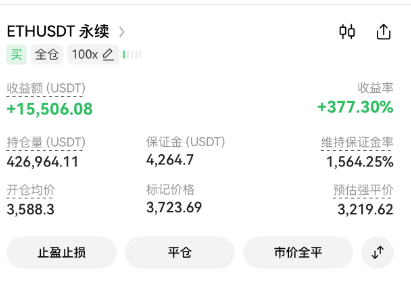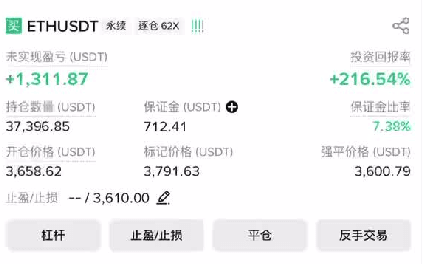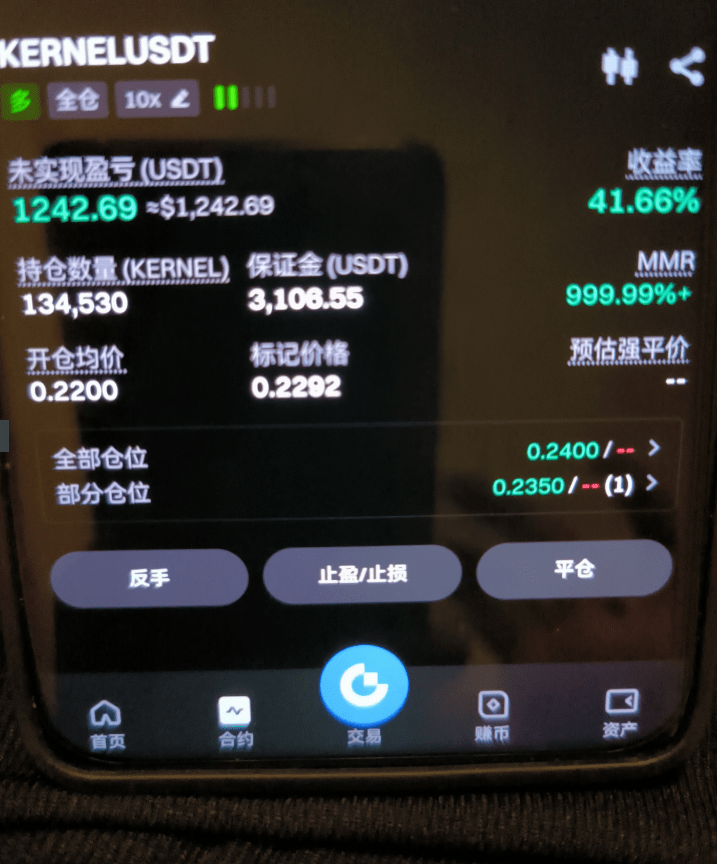A few days ago, I ran into Old Zhou, who sighed while holding his phone. He said that at the beginning of the year, he heard people shouting that Bitcoin could reach $100,000, and now his account balance has more than halved, asking whether the bull had already run away.
I guess many people feel the same way. In my view, the bull hasn’t run; it’s just tired and taking a breather.
At the end of last year, the market surged like a rocket, with Bitcoin climbing from $16,000 to $69,000, and Ethereum soaring from $880 to $4,800, even new entrants dared to shout about getting rich by going all in.

But this year is different; the Federal Reserve's interest rate hikes feel like a rope tightening around the market, making it hard to breathe. Coupled with issues at several major exchanges, funds are fleeing rapidly. It's like a bull working too hard during the busy farming season; by summer, it has to find some shade to rest and chew on some grass. The current crypto market is pretty much in this state.
To talk about Bitcoin's bottom, we need to look at the miners. Bitcoin is mined little by little by miners. I know a miner, Old Li, who has been posting sunsets from the mining area on social media. It’s not that he has nothing to do; it’s just that his mining machines are running half the time and idle half the time. He says the cost of mining one Bitcoin is nearly $18,000 now, and when the market price drops to $20,000, turning on the machine would mean a loss.
There’s a pattern here; the miners' cost line often corresponds to Bitcoin's psychological bottom. In the past three bear markets, Bitcoin rebounded whenever it dropped near the miners' cost line. In 2018, it was around $3,200, and at that time, the miners' cost was about $3,000; during the pandemic in 2020, it dropped to $3,800, which coincided with the mining costs at that time.
In this wave, the average cost for miners is between $18,000 and $20,000. Recently, whenever it dropped to $21,000, it was pulled back, indicating that there are indeed people picking up bargains around here.

The bottom for Ethereum depends on the actions of developers. Ethereum is different from Bitcoin; it’s more like a building under construction, and the developers are the workers laying the bricks.
I have a friend, Xiao Zhang, who is a developer. He has been working overtime every day, not to rush a project but to optimize Ethereum’s Layer2. He says that transferring ETH is too expensive for users, so they are building a bridge to allow transactions to run on the bridge, making it faster and cheaper. Currently, Layer2 on Ethereum processes more than three times the transactions of the main network every day.
The key point is that the structure of this building hasn’t collapsed, and the workers are still working overtime. The number of Ethereum developers is still the highest among all blockchains, with new applications emerging every day. Projects where people are actively working tend to be more reliable when they hit the bottom compared to those with no one managing them.
Last year, when ETH dropped to $880, that was when Layer2 started to gain momentum; now that it has dropped to around $1,500, the transaction fee income from Layer2 is almost catching up with the main network, indicating that this bridge is indeed effective. Thus, the bottom for ETH might not be far off.

To judge whether the bull is still around, there's a simple method: see if there are new faces coming in. Recently, I attended a blockchain salon where half the attendees were new faces, some from traditional funds, some from AI, and others who had jumped from big internet companies.
They didn’t come here to speculate on coins; they came to inquire about how to use blockchain for work. Just like in 2019, when everyone said blockchain was useless, the next year, DeFi became popular; in 2021, when NFT was labeled a bubble, now many museums are using NFTs for digital collections. These new faces inquiring about AI + blockchain and real assets on the chain might just be the seeds for the next wave of market activity.
So, the bull hasn’t run away; it’s just resting in the shade of a tree, while looking for where the new grass is growing. The bottom for Bitcoin might be close to the cost line where miners refuse to shut down; the bottom for Ethereum is hidden under the bridge built by developers. As for when the bull will rise, it probably depends on when those new faces start to get to work.
To be honest, the bottom in the crypto world is never a specific number; it’s when people start to believe that this stuff is genuinely useful.
#ETH质押退出动态观察 #加密市场回调 #美联储7月会议纪要
Keep an eye on: btc eth bnb


